Seafood menus can feel like a treasure trove of delicious possibilities, but not all dishes are created equal—especially when it comes to value and flavor. Many popular seafood items carry hefty price tags but fail to deliver the fresh, satisfying experience you deserve. Whether it’s the disappointing rubbery shrimp cocktail or the overly cheesy lobster mac and cheese, these classic dishes often fall short of expectations, leaving diners overpaying for less-than-stellar bites.
If you’ve ever ordered a seafood tower only to be underwhelmed by icy, tired shellfish, or found yourself wishing your fried calamari was more tender and less heavy-handed with batter, you’re not alone. The truth is, many of these staples have been elevated by marketing and tradition rather than by quality ingredients or thoughtful preparation.
But fear not—there’s a smarter way to savor the sea without breaking the bank or sacrificing flavor. In this guide, we’re diving beyond the hype to reveal ten overrated seafood dishes that savvy diners often skip. More importantly, we’re pairing each with a better alternative—hidden gems and classic preparations that deliver on freshness, texture, and true ocean taste.
From the tender, smoky grilled octopus that outshines frozen shrimp cocktails to the vibrant, bright ceviche that leaves tuna tartare in the dust, these better picks showcase the real magic of seafood done right. Whether you’re dining out or planning your next meal, this list will help you order with confidence and enjoy every bite.
1. Overrated: Shrimp Cocktail
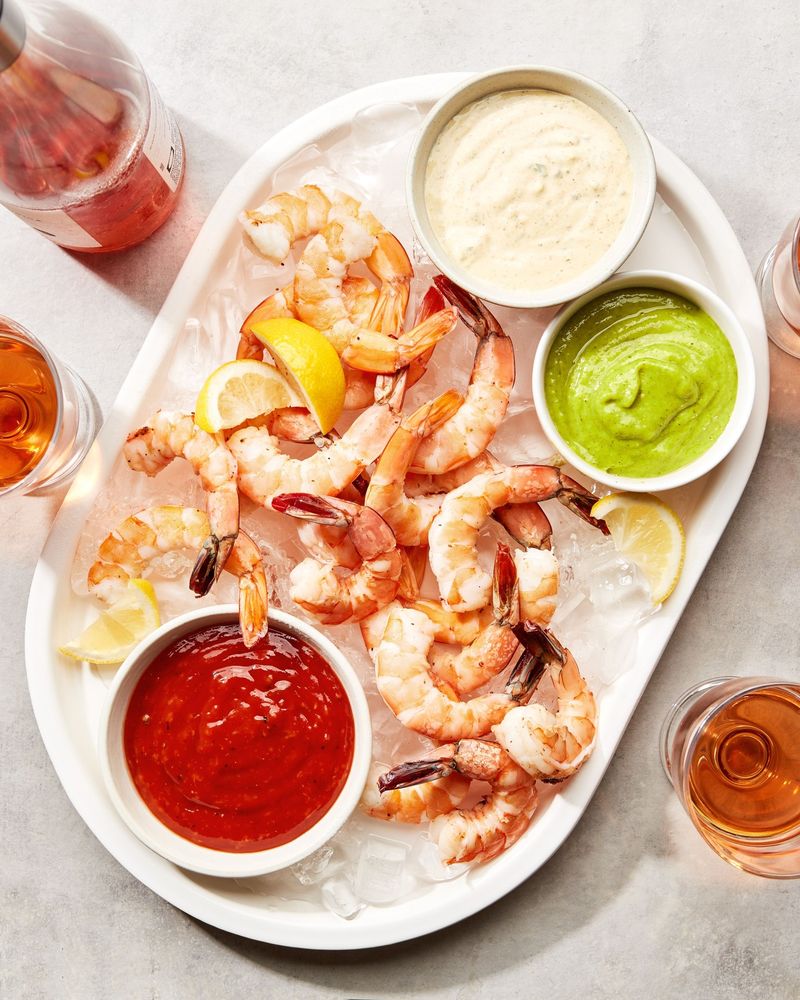
Those tiny, rubbery shrimp hanging off a martini glass rim rarely justify their steep price tag. Most restaurants use frozen, pre-cooked shrimp that lack the sweet, delicate flavor of fresh ones. The cocktail sauce, often straight from a bottle, doesn’t help matters.
Restaurant markup on this appetizer can exceed 300%, making it one of the worst values on any menu. The shrimp are typically the smallest size category available commercially, yet you’re paying premium prices for what amounts to a few bites of mediocre seafood.
2. Better Pick: Grilled Octopus
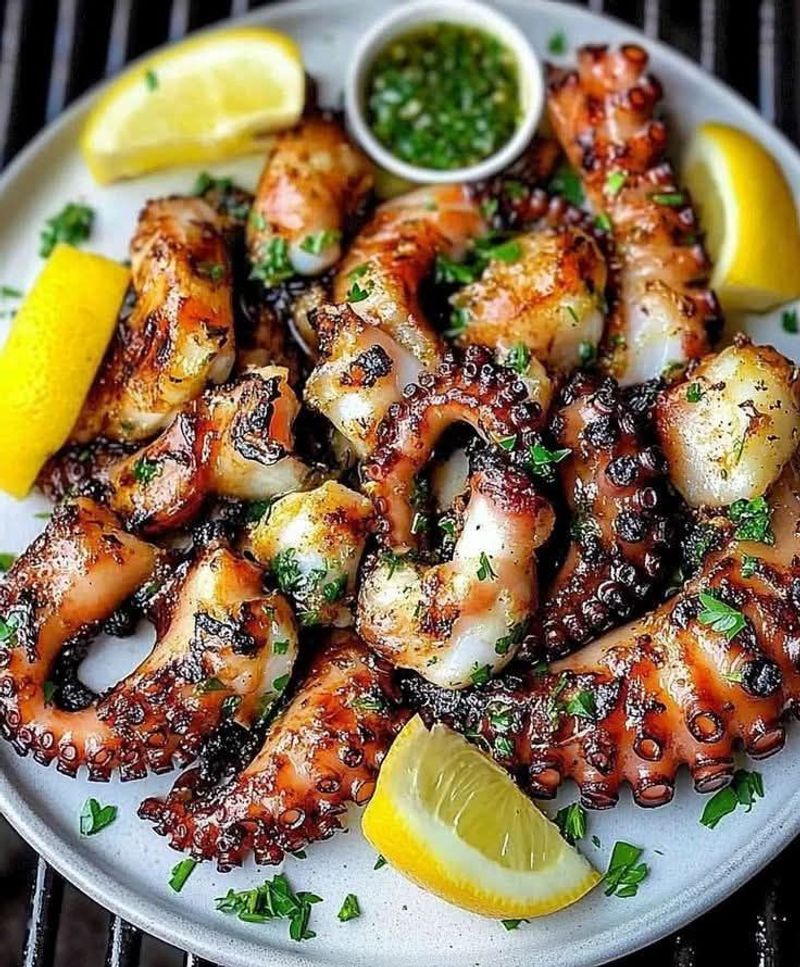
Perfectly grilled octopus offers incredible texture and flavor complexity that basic shrimp cocktail can’t match. When properly prepared, it’s tender with delightful charred edges that add smoky depth to its naturally sweet meat.
Most restaurants that serve octopus take pride in their preparation, often marinating it in olive oil, herbs, and citrus before grilling. The presentation typically includes complementary ingredients like crisp vegetables or flavorful sauces that enhance rather than mask the seafood’s natural qualities.
3. Overrated: Lobster Mac and Cheese
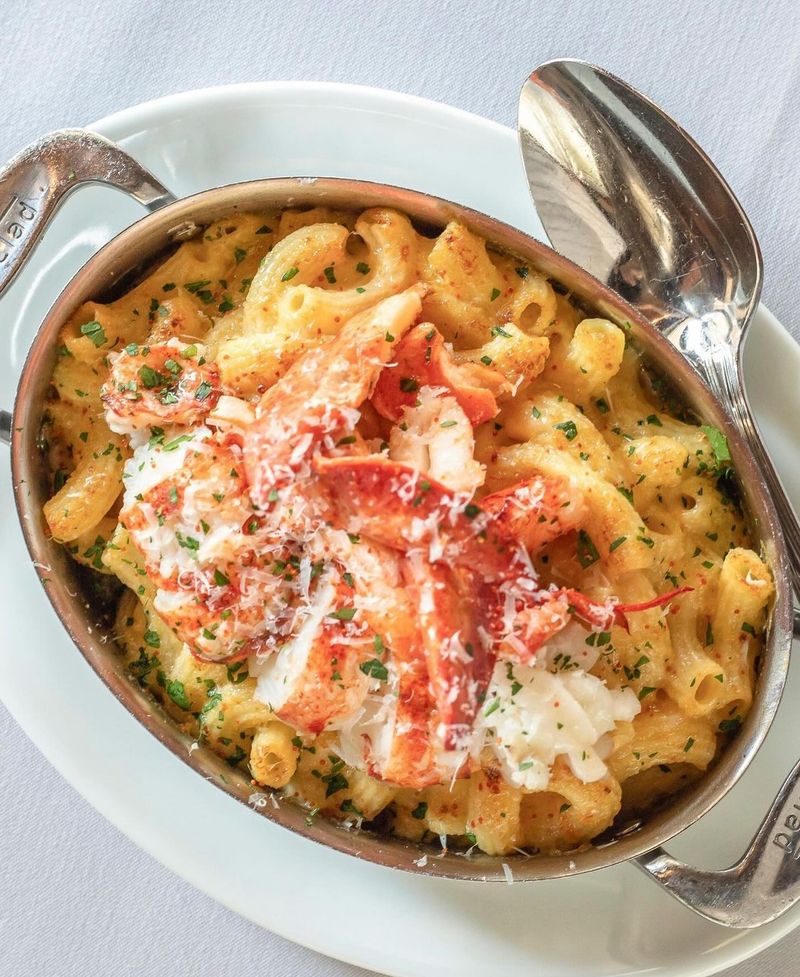
The tiny chunks of lobster sprinkled through creamy pasta rarely justify the $25+ price increase over regular mac and cheese. Restaurants often use frozen lobster meat or less desirable parts like knuckle meat rather than sweet tail or claw meat.
The delicate flavor of lobster gets completely overwhelmed by rich cheese sauce and pasta. You’re essentially paying for the idea of luxury rather than the taste. Many establishments add barely enough lobster to justify mentioning it on the menu, making this a prime example of seafood marketing over substance.
4. Better Pick: Mussels in White Wine

A bowl of fresh mussels steamed in white wine offers tremendous value compared to lobster mac and cheese. You’ll get dozens of plump, ocean-sweet morsels for typically half the price of that mac and cheese disappointment.
The simple preparation—usually with garlic, herbs, butter and wine—enhances rather than masks the seafood’s natural flavor. The resulting broth becomes a bonus delicacy, perfect for sopping up with crusty bread.
Mussels are sustainable, affordable, and when fresh, deliver that authentic ocean experience that seafood lovers crave.
5. Overrated: Fried Calamari
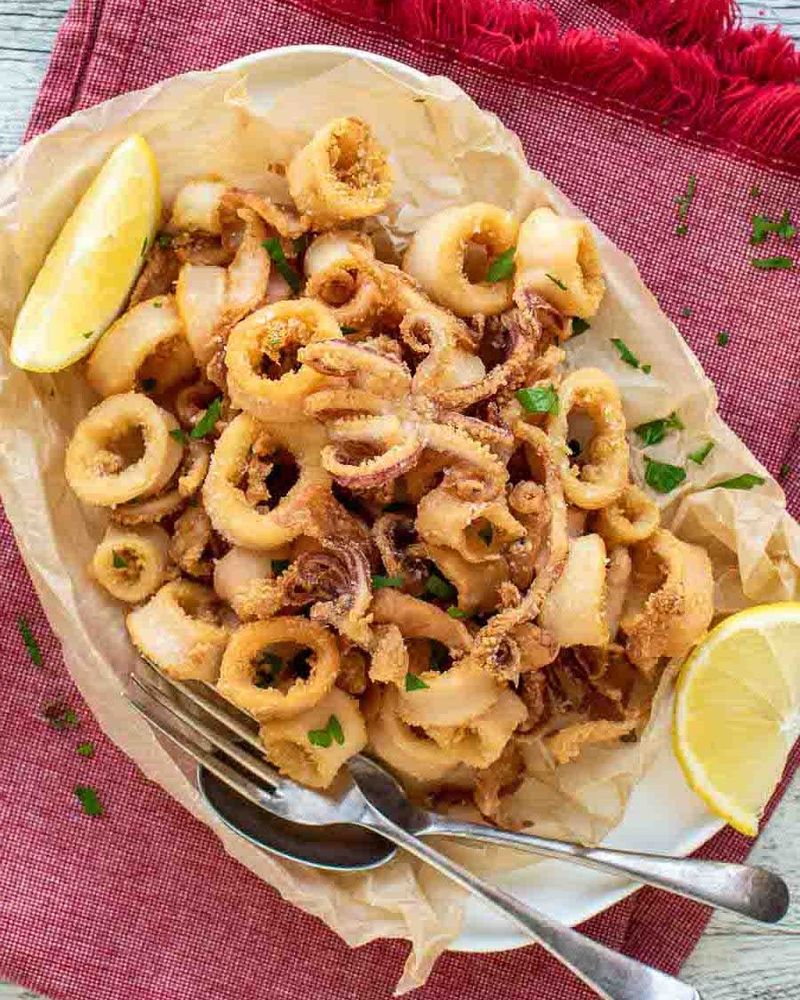
Those rubbery rings buried under thick batter rarely showcase quality squid. Most restaurants use frozen, pre-cut calamari that’s been sitting in a freezer for months before hitting your table. The heavy breading masks the seafood’s subtle flavor while adding unnecessary calories.
Calamari itself is inexpensive, yet restaurants charge premium prices for this appetizer. The marinara dipping sauce is often straight from a jar, adding little value. Many establishments overcook calamari, resulting in the rubber-band texture that gives this seafood a bad reputation.
6. Better Pick: Salt and Pepper Squid
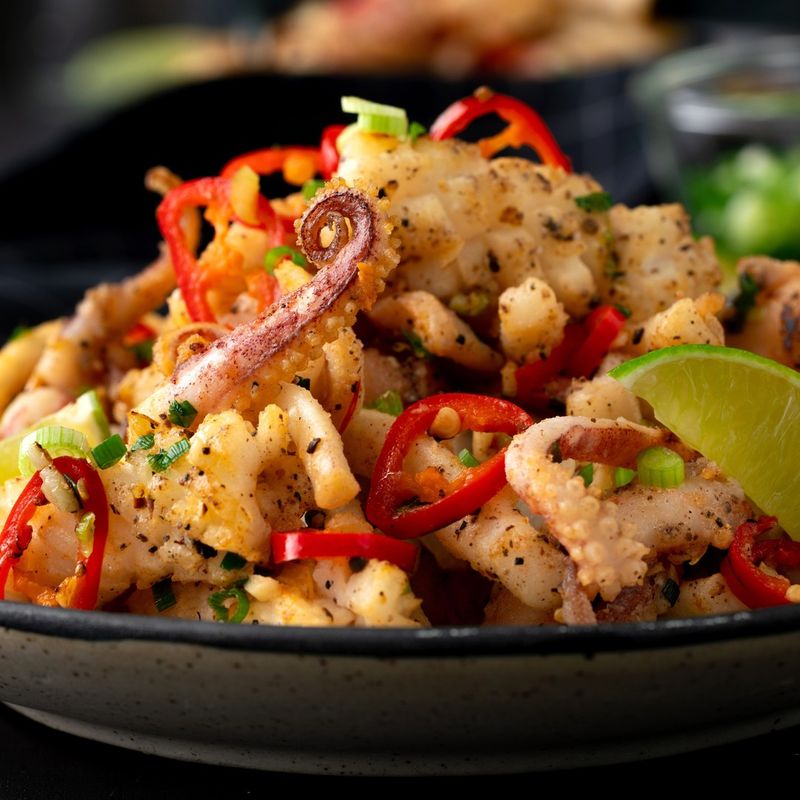
Unlike its heavily battered cousin, salt and pepper squid uses a light coating that crisp-fries the exterior while keeping the interior tender. The minimal seasoning—typically just salt, pepper, and perhaps some chili—allows the sweet, mild flavor of fresh squid to shine through.
Good restaurants serve this with tender tentacles included, offering textural variety and proof they’re using whole, fresh squid. A squeeze of lemon or lime brightens everything up perfectly.
This preparation showcases the chef’s skill with seafood timing, as properly cooked squid should be tender, not rubbery.
7. Overrated: Seafood Tower
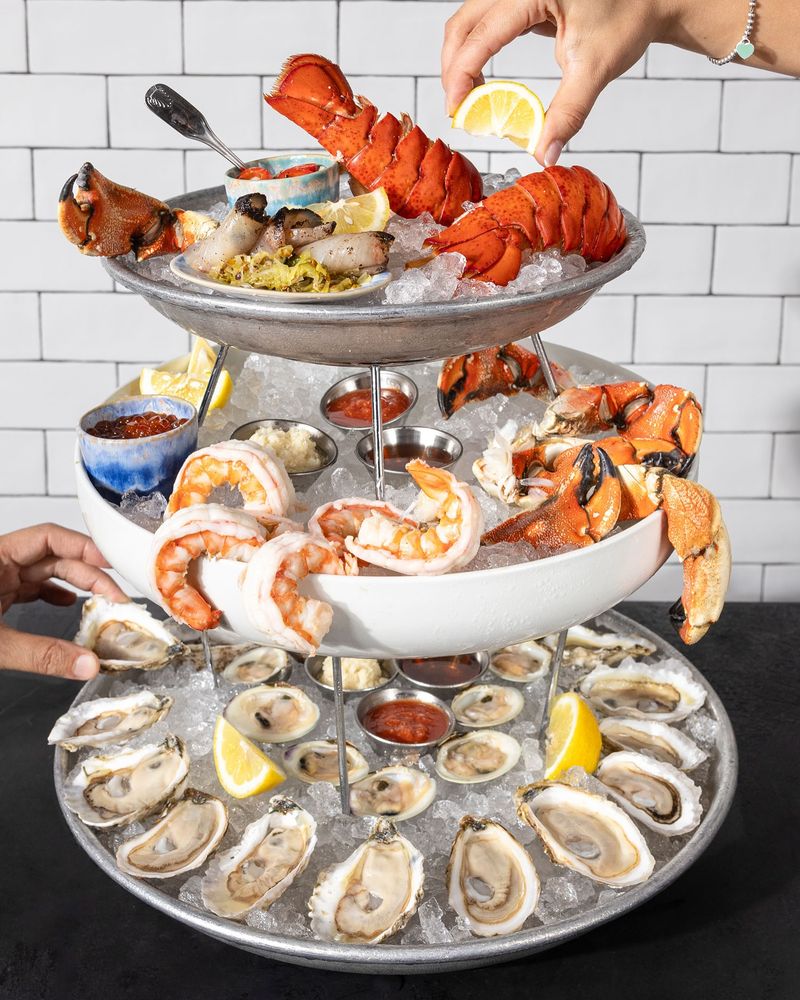
Those impressive multi-tiered displays of ice and shellfish make for great Instagram photos but poor value. Most towers include basic items like shrimp cocktail, oysters, and crab legs that would cost significantly less if ordered separately.
The quality often suffers too, as restaurants prepare components in advance and store them on ice, dulling flavors and textures. Many establishments use the tower format to hide lesser-quality seafood amid the spectacle.
The markup on these showpieces can exceed 400%, making them among the worst values in seafood dining.
8. Better Pick: Focused Oyster Tasting
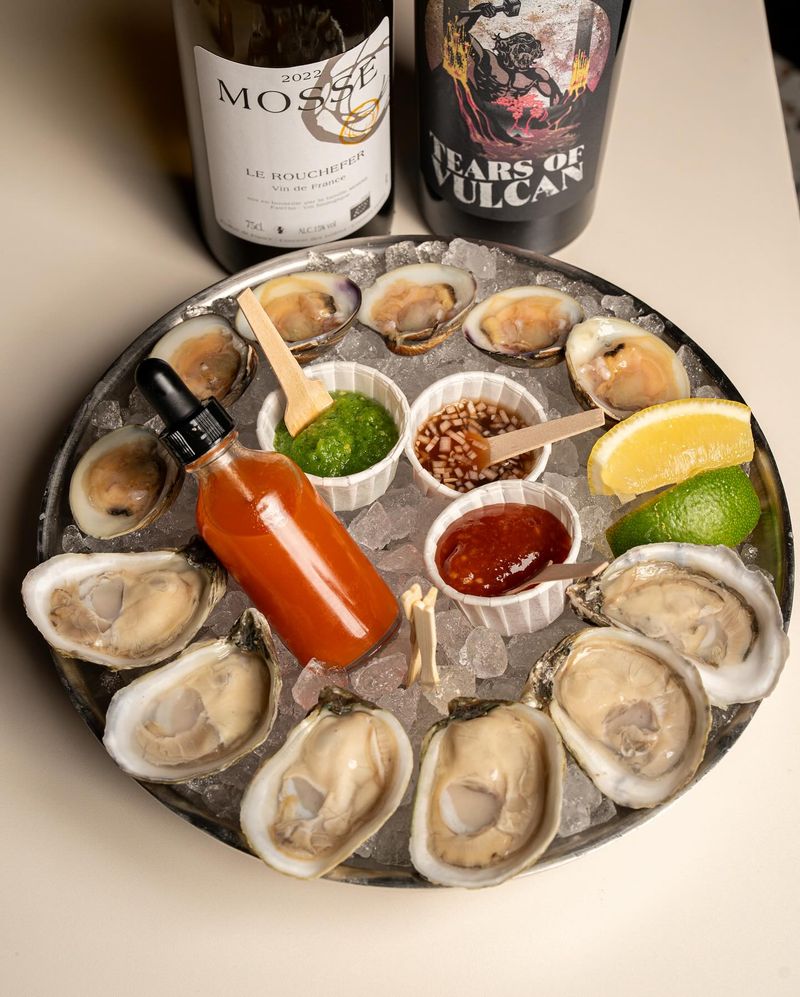
Skip the scattered approach of seafood towers and dive deep into an oyster tasting instead. Many restaurants offer flights of different oyster varieties, letting you experience the fascinating regional differences in flavor, from sweet to briny to mineral-rich.
Fresh oysters need minimal adornment—just a squeeze of lemon or a drop of mignonette sauce. Their complex flavors reflect their specific growing waters, making them living geography lessons.
A focused tasting costs far less than a tower while providing a more educational and flavor-rich experience. Plus, you’re more likely to get oysters shucked to order rather than prepared hours ahead.
9. Overrated: Chilean Sea Bass
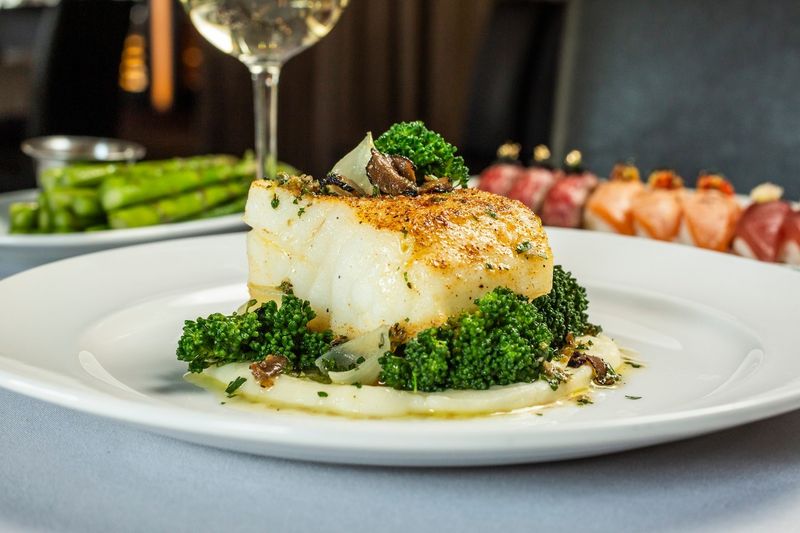
The astronomical price of this fish (which isn’t actually bass but Patagonian toothfish) rarely matches its eating experience. Its popularity stemmed from clever marketing in the 1990s, turning an unknown fish into a luxury item through rebranding.
While it does have a pleasant buttery texture, many restaurants overcook it, and its mild flavor doesn’t justify the $40+ entrée price. Sustainability concerns persist despite improved fishing practices.
Many chefs rely on heavy sauces or glazes to make this fish interesting, masking its natural qualities while adding calories and cost.
10. Better Pick: Barramundi
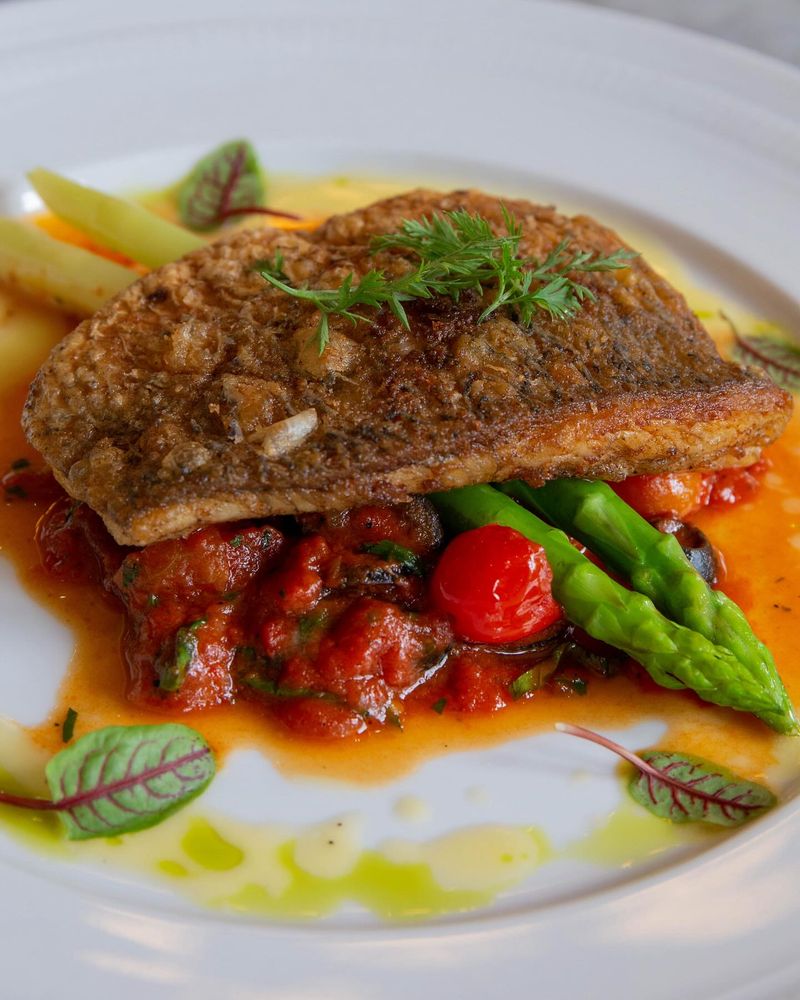
Sustainably farmed barramundi delivers the buttery texture and clean flavor that made Chilean sea bass famous, but at half the price and with better environmental credentials. This versatile fish holds up beautifully to various cooking methods and flavors.
Its firm white flesh stays moist even when slightly overcooked, making it forgiving for restaurant kitchens. The mild, sweet flavor pairs well with everything from Asian to Mediterranean preparations.
Farm-raised barramundi typically contains fewer contaminants than wild-caught alternatives, giving you better value for both health and wallet.
11. Overrated: Crab Cakes
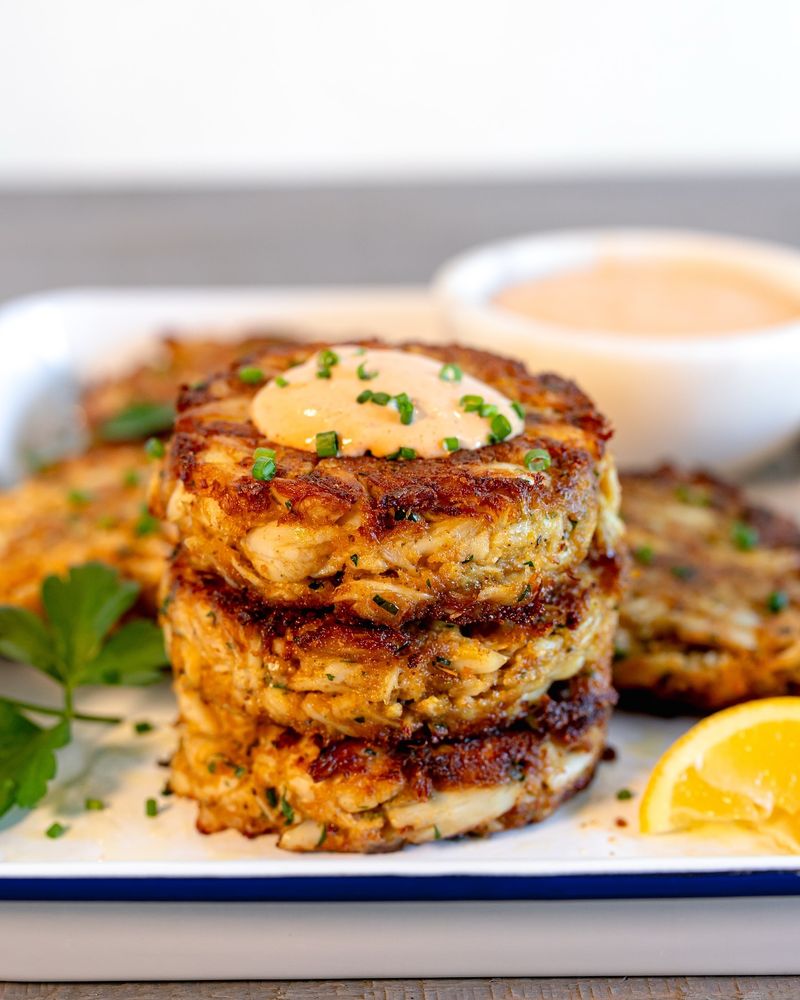
Those golden-brown discs often contain more filler than actual crab meat. Many restaurants use the cheapest crab available, typically pasteurized and canned, then bulk it up with breadcrumbs, bell peppers, and mayonnaise to cut costs.
The best crab meat—sweet, hand-picked lump blue crab—is expensive, so establishments charging less than $20 per cake are almost certainly serving mostly filler. Even high-end restaurants often rely on heavy seasoning and sauces to mask mediocre crab quality.
The cooking process frequently overcooks the delicate crab, leaving it dry and stringy.
12. Better Pick: Soft-Shell Crab
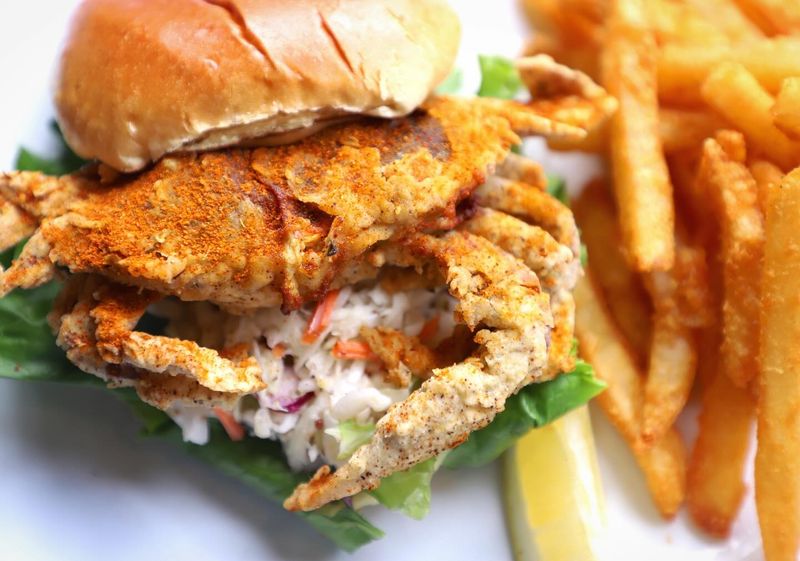
During molting season, soft-shell crabs offer a completely different crab experience—you eat the entire crab, shell and all, for a satisfying crunch and complete crab flavor. There’s no filler, just pure crab with a light coating.
The seasonal nature of this delicacy means restaurants typically serve them fresh rather than frozen. When lightly battered and quickly fried, the exterior becomes crisp while the interior remains sweet and tender.
You’re getting the entire crab for your money, making it better value than processed crab cakes despite the seemingly higher price point.
13. Overrated: Stuffed Lobster
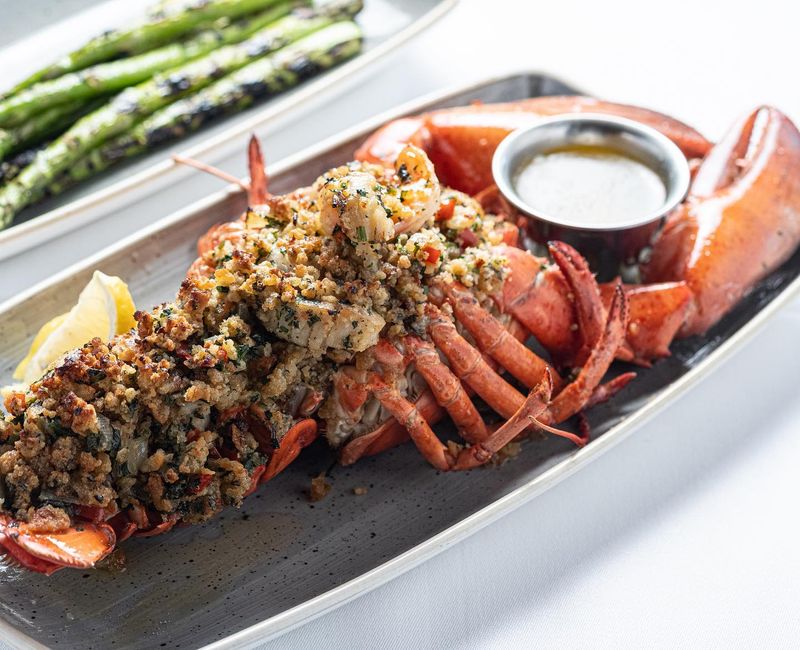
That impressive-looking stuffed lobster often masks low-quality seafood beneath a mountain of breadcrumb filling. The stuffing—typically a mix of butter, breadcrumbs, and minimal seafood—takes center stage while the lobster itself becomes overcooked during the baking process.
Many restaurants use smaller, less desirable lobsters for stuffing, as the presentation hides size deficiencies. The heavy, bready filling soaks up butter, creating a rich but one-dimensional flavor profile that obscures the lobster’s natural sweetness.
You’re paying lobster prices for what amounts to fancy seafood-flavored stuffing.
14. Better Pick: Lobster Roll
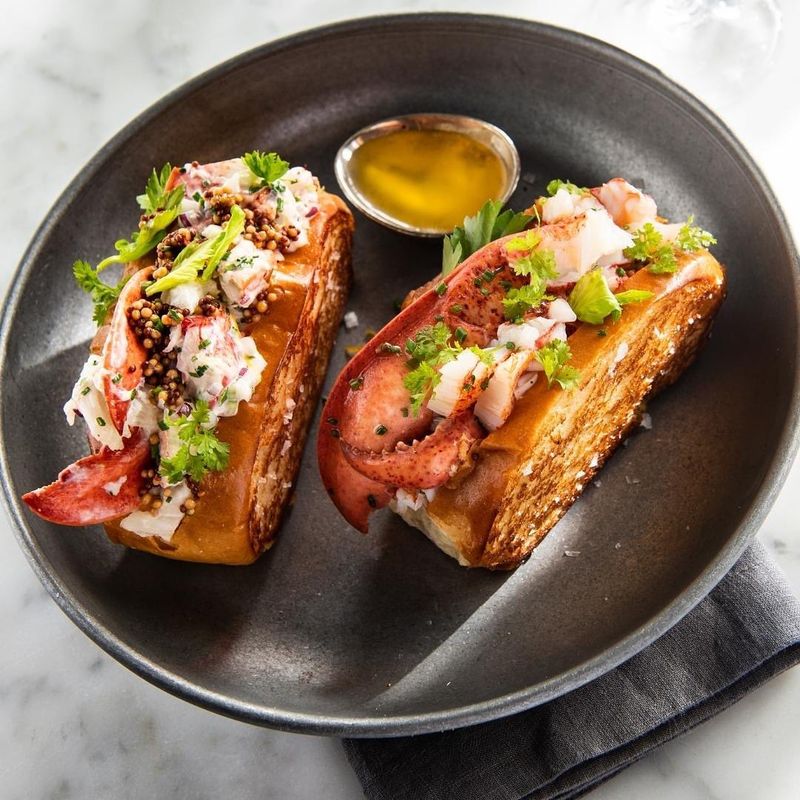
A proper lobster roll showcases the star ingredient without hiding it. The best versions use knuckle and claw meat—the sweetest parts—lightly dressed with mayonnaise or warm butter, tucked into a toasted split-top bun.
The simplicity allows you to taste the lobster’s natural sweetness. You can actually see what you’re getting, unlike with stuffed preparations where the meat is hidden.
While still a splurge, a good lobster roll typically uses 4-6 ounces of actual lobster meat, giving you better value than heavily stuffed presentations where you’re paying for breadcrumbs.
15. Overrated: Salmon Fillet
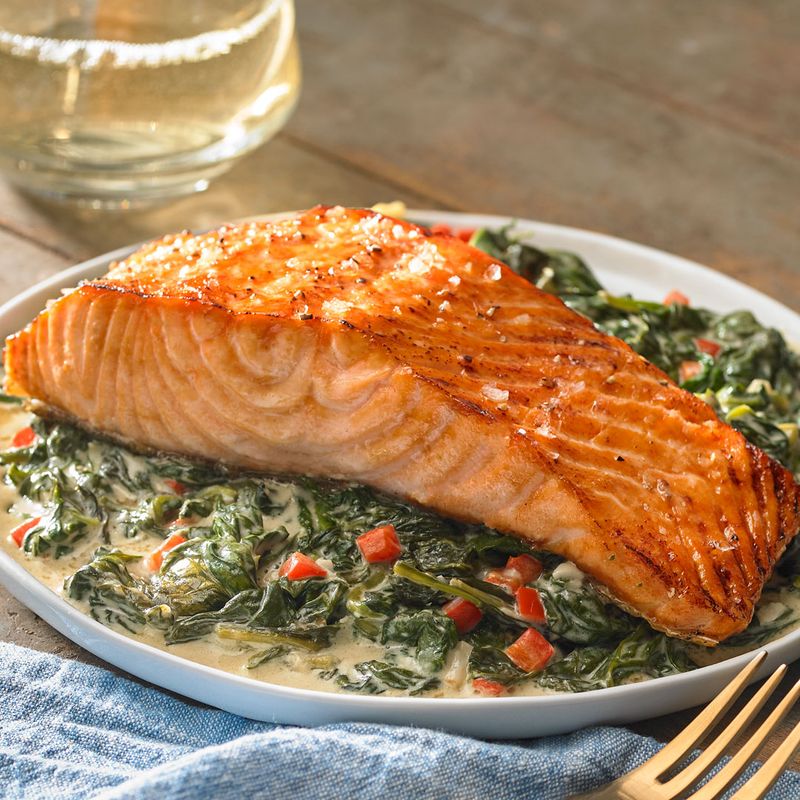
That perfectly rectangular, pale orange salmon fillet is likely farmed Atlantic salmon, one of the most environmentally problematic and least flavorful options available. Most restaurants serve this bland variety because it’s available year-round at consistent pricing.
Farmed salmon contains significantly less omega-3s than wild varieties while often harboring more contaminants. The fish is frequently overcooked in restaurant settings, resulting in dry, flaky texture rather than the silky medium-rare that showcases salmon at its best.
The predictable honey-mustard or teriyaki glazes mask rather than enhance its mild flavor.
16. Better Pick: Seared Arctic Char
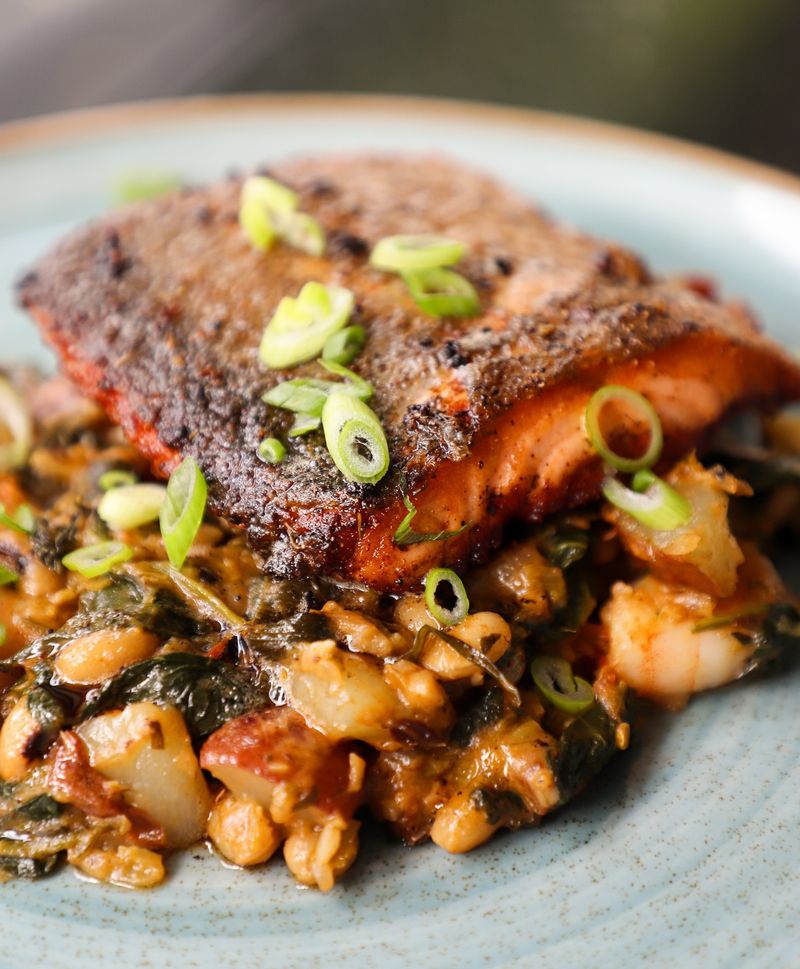
Arctic char combines the best qualities of salmon and trout in a more sustainable package. Its rich, pink flesh has a delicate flavor that’s more interesting than farmed salmon but not overwhelming for those who find wild salmon too intense.
Smart chefs cook arctic char to medium-rare, preserving its silky texture and natural oils. The skin crisps beautifully when properly seared, adding textural contrast.
Environmentally, arctic char farming has minimal impact compared to salmon aquaculture. This lesser-known fish typically costs less than wild salmon while delivering similar nutritional benefits and superior flavor to farmed salmon.
17. Overrated: Fish and Chips
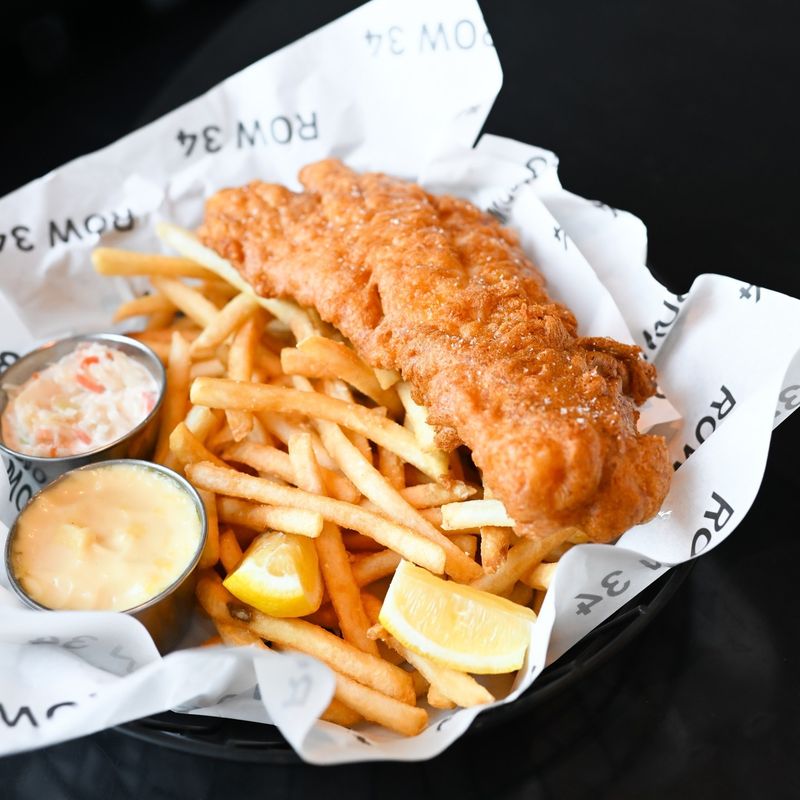
Many restaurants serve frozen, pre-battered fish that’s been sitting in a warehouse for months. The thick, doughy coating often overwhelms the fish itself, which is typically the cheapest whitefish available—not the traditional cod or haddock.
Oil quality matters tremendously for fried fish, yet many establishments use old, reused oil that imparts off-flavors. The frozen fries accompanying the fish further reduce the value proposition, as you’re paying restaurant prices for frozen products you could prepare at home.
Portion sizes create an illusion of value that the quality doesn’t support.
18. Better Pick: Whole Grilled Fish
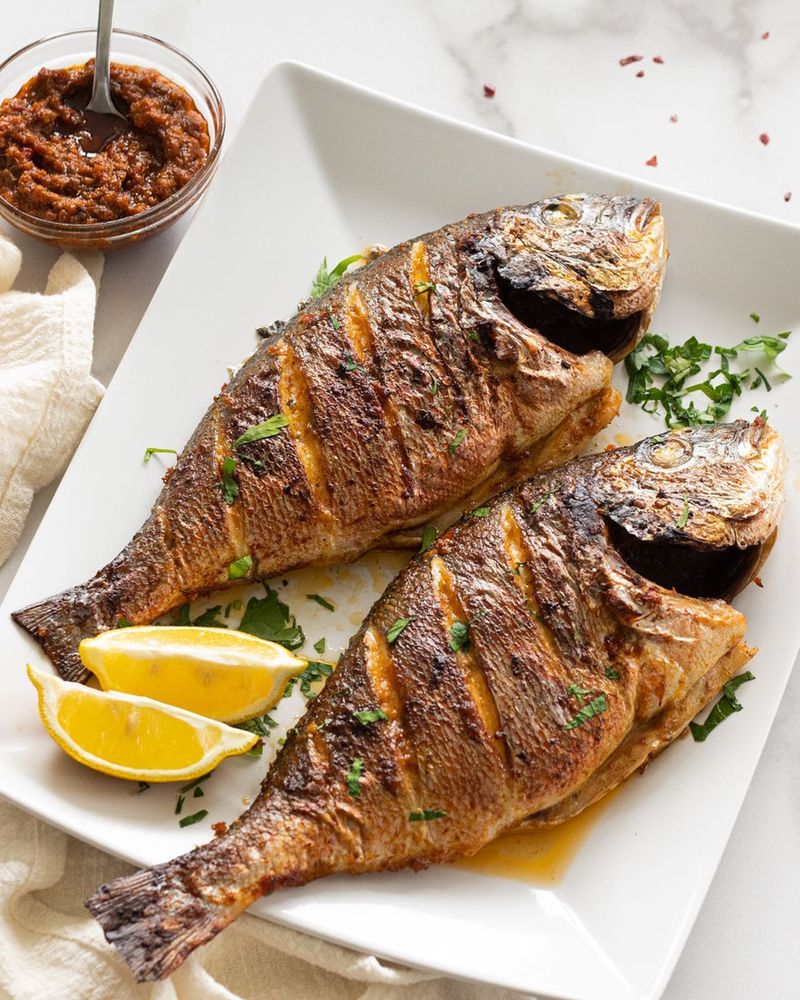
A whole grilled fish represents honest seafood at its finest. You can verify freshness at a glance—clear eyes and bright red gills are immediate indicators of quality that can’t be faked.
The bone-in preparation keeps the flesh moist and flavorful during cooking, while skin protects and crisps up for textural contrast. Restaurants that offer whole fish typically source from better suppliers and have chefs skilled enough to properly prepare this challenging presentation.
Though it might seem intimidating, navigating around bones rewards you with the most flavorful portions often missed in fillets, like the cheeks and collar.
19. Overrated: Tuna Tartare
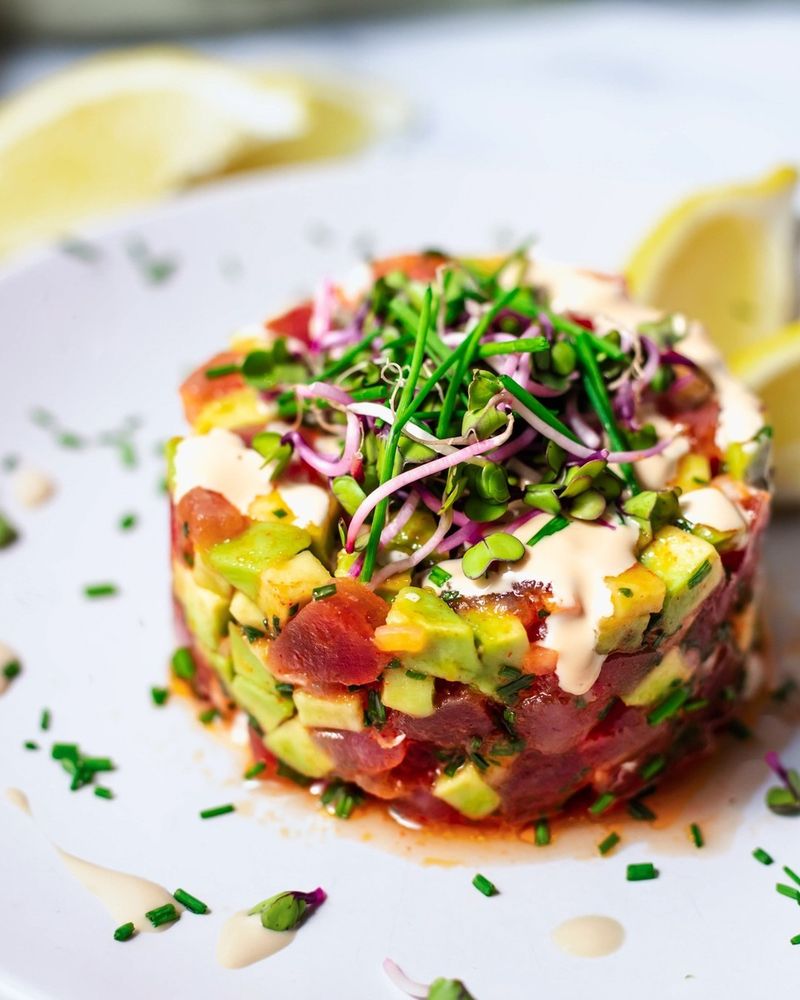
Those pretty stacks of diced raw tuna mixed with avocado have become so commonplace they’re now often made with lower-quality frozen tuna. Many restaurants use tuna scraps or less desirable portions, masking quality issues with heavy soy sauce, sesame oil, or spicy mayo.
The dish rarely showcases the clean, mineral taste of truly fresh tuna. Premium sushi-grade tuna is expensive, so establishments charging less than $20 for tartare are likely using lower grades.
The ubiquitous presentation—molded into a cylinder with wonton crisps—hasn’t evolved in decades, suggesting a lack of creativity and care.
20. Better Pick: Ceviche
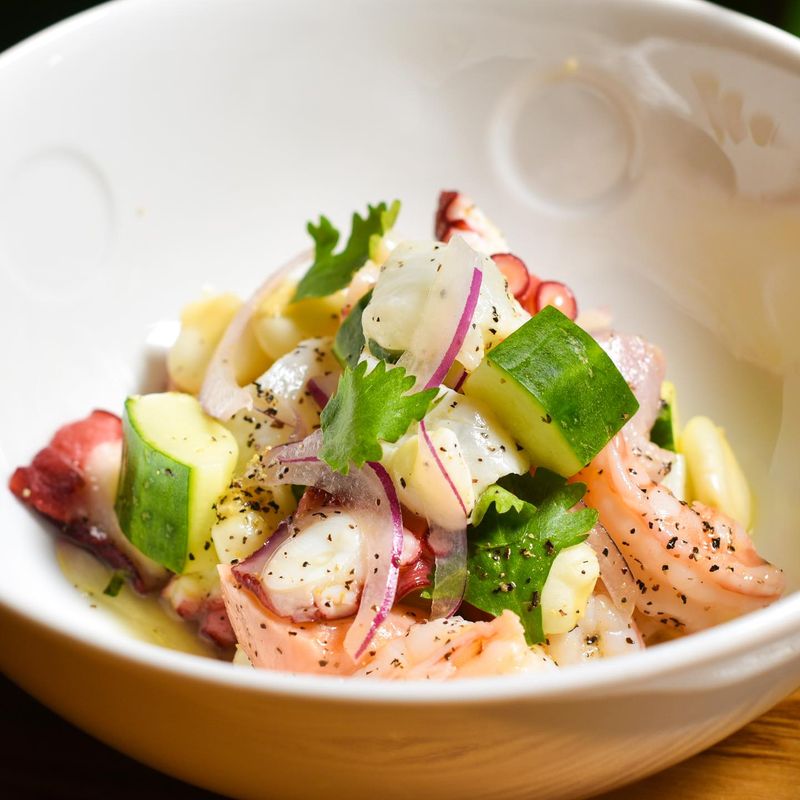
Fresh ceviche delivers vibrant flavors that pre-frozen tuna tartare can’t match. The citrus-curing process is unforgiving to less-than-fresh fish, so restaurants must use top-quality seafood for this dish to succeed.
The bright acidity from lime or lemon juice, combined with chile, onion, and herbs, creates a complex flavor profile that feels light and refreshing. Many ceviches incorporate local fish varieties, giving you a taste of regional seafood specialties rather than the ubiquitous tuna.
A good ceviche changes regularly based on the day’s catch, demonstrating a restaurant’s commitment to freshness and seasonality.
Leave a comment